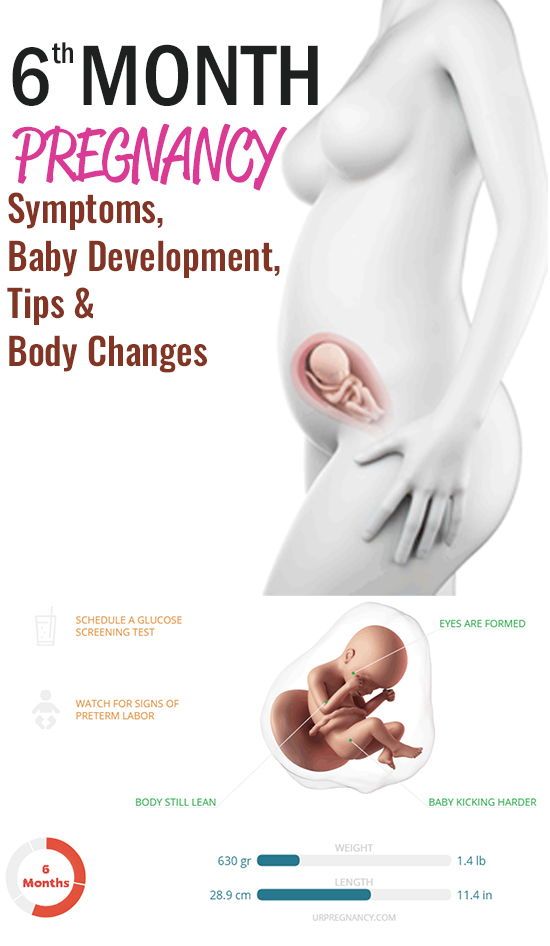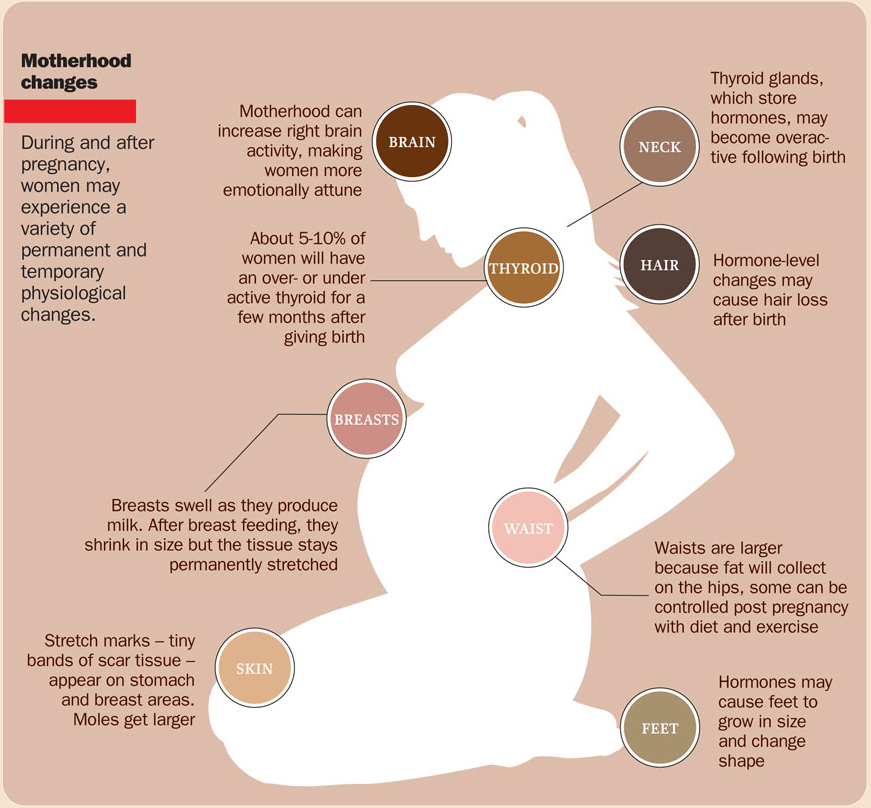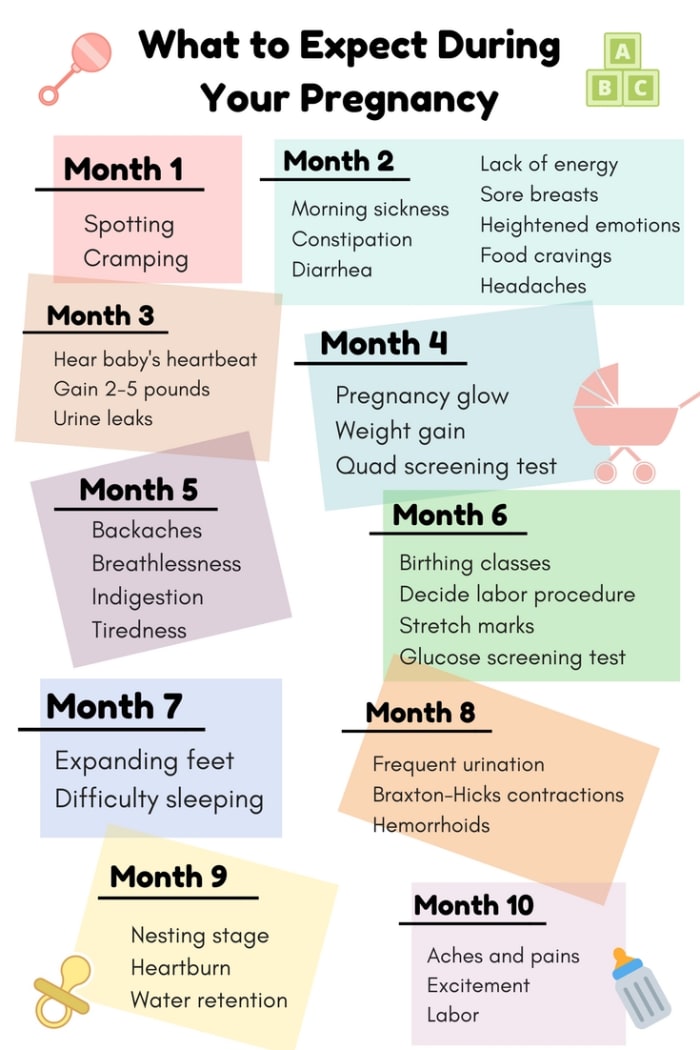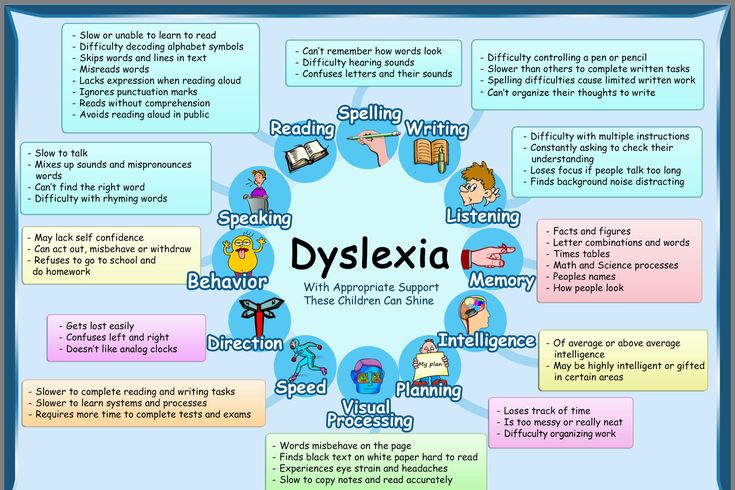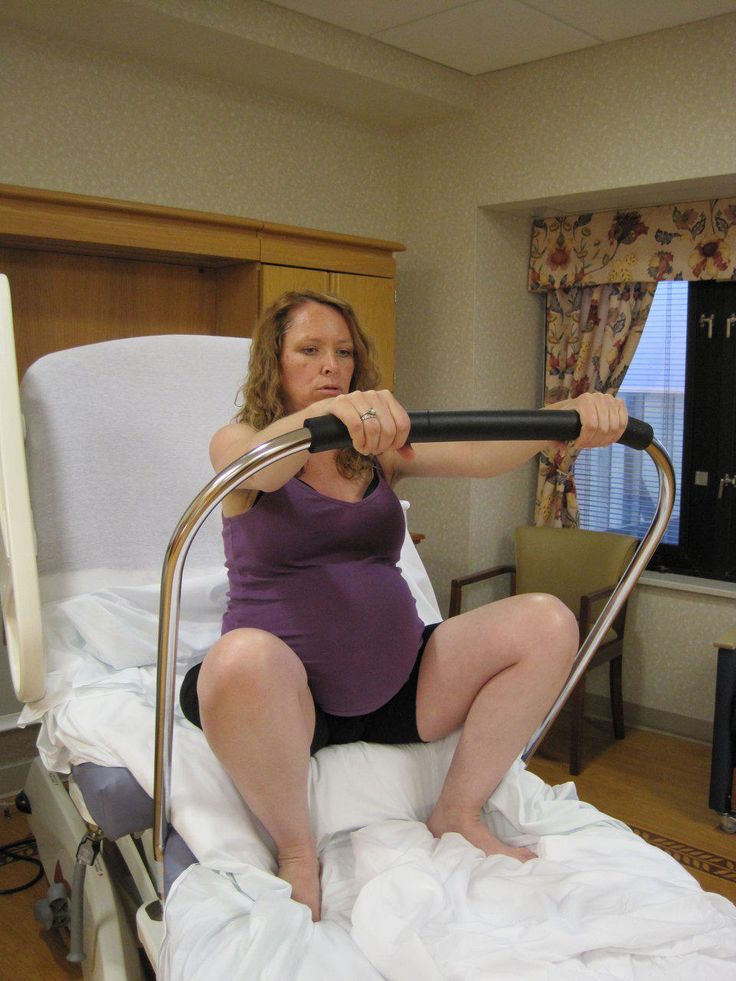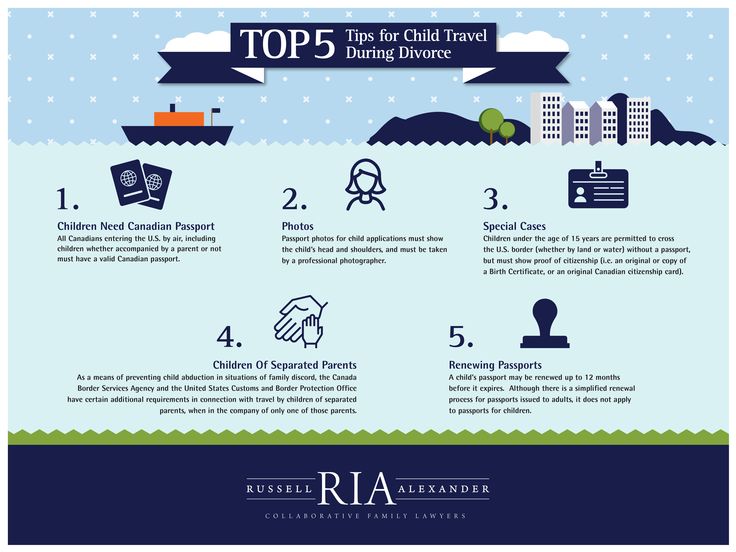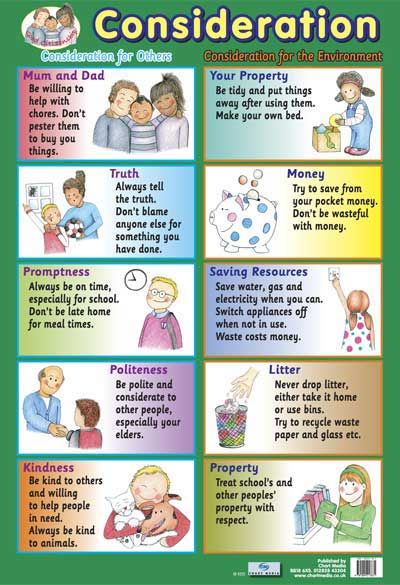One year old eye discharge
Eye - Pus or Discharge
Is this your child's symptom?
- Yellow or green discharge (pus) in the eye
- The eyelids are stuck (matted) together with pus after sleep
- After being wiped away, the pus comes back during the day
- Often caused by a bacterial eye infection
Causes of Eye with Pus
- Bacterial Conjunctivitis. This is a bacterial infection of the eye. The main symptom is eyelids stuck together with pus after sleep. Can be present in 1 or both eyes. A few viruses can cause pus in the eyes, but most don't.
- Viral Conjunctivitis. This is a viral infection of the eyes. Main symptom is pinkness of the white parts of the eyes. The eyes are also watery. Most often, there is no pus. Usually on both sides.
- Normal Discharge. A small amount of dried mucus only in the corner of the eye. It may not even be pus. A collection of mucus can be cream colored. Often due to an irritant that got in the eye from dirty hands.
Needs no treatment except wiping it away with warm water.
- Blocked Tear Duct. Present in 10% of newborns. Main symptom is a constant watery eye. Tears fill the eye and run down the face. This happens even when not crying. The eye is not red and the eyelid is not swollen. The wet eye may get secondary infections. This will cause the eyelids to become matted with pus.
- Foreign Object in Eye (Serious). Small particles such as sand, dirt or sawdust can be blown into the eyes. The grit often gets stuck under the upper eyelid. If not removed, the eye reacts by producing pus. The main clue is an eye infection that does not respond to antibiotic eyedrops. Older children complain of feeling something in the eye.
- Eyelid Cellulitis (Serious). This is a deep infection of the eyelid and tissues around it. The main symptom is a red, swollen, very tender eyelid. The eye can be swollen shut. Usually only on one side. This can be a problem caused by bacterial conjunctivitis.
 The eye infection spreads inward. More commonly this is caused by an ethmoid sinus infection. That type occurs without any pus in the eye.
The eye infection spreads inward. More commonly this is caused by an ethmoid sinus infection. That type occurs without any pus in the eye.
Symptoms of Bacterial Eye Infection
- Yellow or green discharge or pus in the eye
- Dried pus on the eyelids and eyelashes
- The eyelashes are more likely to be stuck together after sleep
- The whites of the eye may or may not be red or pink
- The eyelids are often puffy
When to Call for Eye - Pus or Discharge
Call Doctor or Seek Care Now
- Eyelid is very red or very swollen
- Vision is blurred
- Eye pain or discomfort is more than mild
- Fever over 104° F (40° C)
- Fever in baby less than 12 weeks old. Caution: do NOT give your baby any fever medicine before being seen.
- Your child looks or acts very sick
- You think your child needs to be seen, and the problem is urgent
Contact Doctor Within 24 Hours
- Pus in the eye, but none of the symptoms above.
 Reason: you may need antibiotic eyedrops to treat it.
Reason: you may need antibiotic eyedrops to treat it. - Using antibiotic eye drops more than 3 days and pus is still there
Seattle Children's Urgent Care Locations
If your child’s illness or injury is life-threatening, call 911.
- Bellevue
- Everett
- Federal Way
- Seattle
Care Advice for Pus In the Eye
- What You Should Know About Bacterial Eye Infections:
- Bacterial eye infections are common with colds.
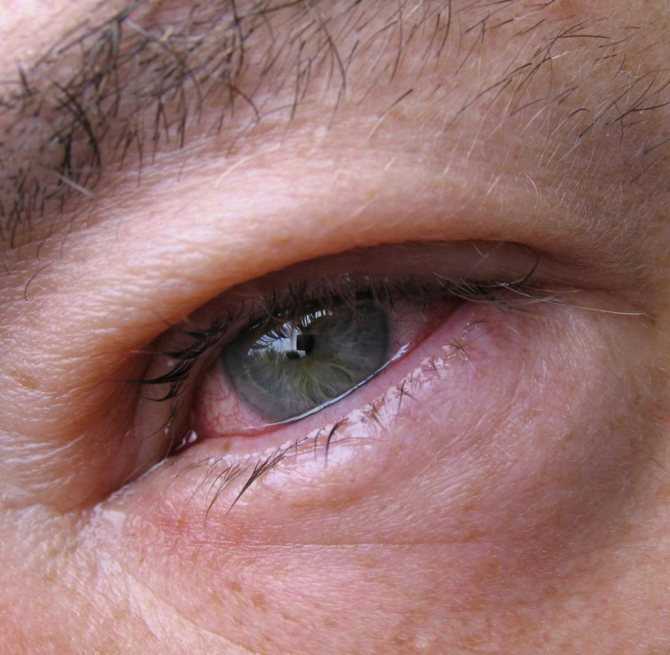
- They respond to home treatment with antibiotic eye drops which need a prescription.
- They are not harmful to vision.
- Until you get some antibiotic eye drops, here is some advice that should help.
- Bacterial eye infections are common with colds.
- Remove Pus:
- Remove all the dried and liquid pus from the eyelids. Use warm water and wet cotton balls to do this.
- Do this whenever pus is seen on the eyelids.
- Also, remove the pus before the antibiotic eye drops are put in. Reason: they will not work if you don't.
- The pus can spread infection to others. So, dispose of it carefully.
- Wash your hands well after any contact with the pus.
- Antibiotic Eye Drops: How to Use
- For a cooperative child, gently pull down on the lower lid. Put 1 drop inside the lower lid. Then ask your child to close the eye for 2 minutes. Reason: so the medicine will get into the tissues.
- For a child who won't open his eye, have him lie down.
 Put 1 drop over the inner corner of the eye. If your child opens the eye or blinks, the eye drop will flow in. If he doesn't open the eye, the drop will slowly seep into the eye.
Put 1 drop over the inner corner of the eye. If your child opens the eye or blinks, the eye drop will flow in. If he doesn't open the eye, the drop will slowly seep into the eye.
- Contact Lenses:
- Children who wear contact lenses need to switch to glasses until the infection is gone.
- Reason: to prevent damage to the cornea.
- Disinfect the contacts before wearing them again.
- Discard them if they are disposable.
- Return to School:
- Your child can return to school when the pus is a small amount.
- Antibiotic eye drops should be used for 24 hours before going back.
- What to Expect:
- With treatment, the pus discharge should clear up in 3 days.
- The red eyes may last up to a week.
- Call Your Doctor If:
- Eyelid gets red or swollen
- You think your child needs to be seen
- Your child becomes worse
And remember, contact your doctor if your child develops any of the 'Call Your Doctor' symptoms.

Disclaimer: this health information is for educational purposes only. You, the reader, assume full responsibility for how you choose to use it.
Last Reviewed: 01/09/2023
Last Revised: 12/30/2022
Copyright 2000-2023. Schmitt Pediatric Guidelines LLC.
Eye discharge in a toddler: Causes and treatments
A toddler can have discharge coming from their eye for many reasons. In most cases, the cause is relatively harmless, such as a clogged tear duct or viral infection.
However, any eye pain or discharge that makes it difficult to see can be distressing. If it does not go away on its own, it warrants a visit to a doctor.
In this article, we discuss the causes and treatment of eye discharge in a toddler and explain when to see a doctor.
Eye discharge symptoms vary depending on the cause. Sometimes, the only sign that a parent or caregiver notices is discharge.
If there are other symptoms, it is more likely that the toddler has an infection or an object in their eye. Some symptoms to watch for include:
Some symptoms to watch for include:
- eye pain
- constant eye rubbing
- being unwilling or unable to open the eye
- eye swelling
- swelling of the face
- red streaks coming out of the eye
A toddler can have mucus or discharge coming from their eye for several reasons.
Normal eye discharge
Healthy eyes produce mucus.
Parents or caregivers may notice dried or sticky mucus in the corner of the child’s eye. It may appear green, yellow, white, or clear.
Sometimes, the eyes produce more mucus when a toddler rubs them with dirty hands or gets an eyelash in their eye.
The discharge is probably normal if the mucus only appears in the morning or after sleep.
However, it may have another cause if it does not go away on its own, it gets worse, or the toddler complains of a painful eye.
Pinkeye
Conjunctivitis, also known as pinkeye, causes the tissue that lines the eyes to become red, painful, and inflamed.
Viral infection
A viral infection is the most common cause of pinkeye. Viral pinkeye usually presents in both eyes.
An affected eye may look red and swollen. While a bacterial infection can cause the eye to ooze pus, this is unlikely with a viral infection.
Viral conjunctivitis usually goes away on its own within 2–3 weeks.
Bacterial infection
A bacterial infection occurs when harmful bacteria get into the eye, causing an infection.
Bacterial conjunctivitis, which is a type of pinkeye, is one of the most common bacterial eye infections. It can present in one or both eyes.
The eye may be sore and swollen, and the whites of the eyes may turn red. The eye may water a lot and produce green or yellow mucus.
While some cases of bacterial conjunctivitis go away on their own, some toddlers need antibiotics to treat the infection.
Blocked tear duct
A blocked tear duct means that one or more tear ducts cannot easily drain.
This is common in young babies, but some toddlers may also have blockages. The eye may look watery, as though the toddler is crying.
If the eye becomes red or irritated, the tear duct may be infected.
Object in the eye
Any object that gets into the eye can cause it to water and feel irritated. The object could be a speck of dust, an eyelash, or something larger, such as a piece of glass.
A toddler may not want to open their eyes or might complain that it feels as though something is in their eye. If the object is large or scratches the eye, the eye can become infected.
Cellulitis
Cellulitis is a serious infection of the deep layers of skin in and around the eye.
Without treatment, it can spread to other areas of the body and may even threaten a toddler’s sight.
The eye may be very painful, red, and swollen. Some parents and caregivers notice cellulitis following a stye or other eye infection.
They may also see red streaks coming out of the eye.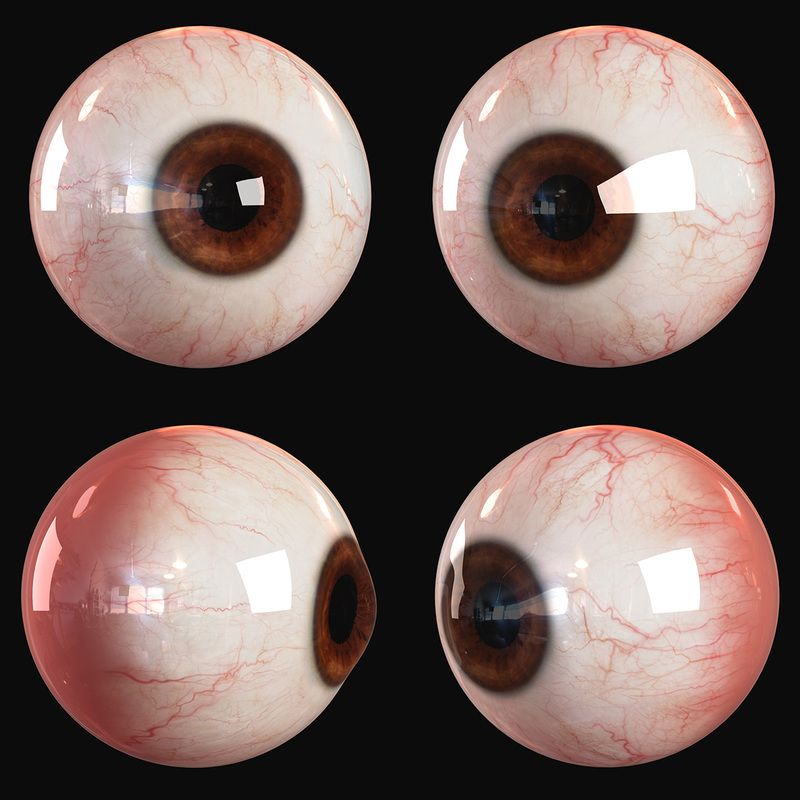 The toddler may have a watery eye or trouble seeing, or the eye may feel hot. In some cases, cellulitis causes a fever.
The toddler may have a watery eye or trouble seeing, or the eye may feel hot. In some cases, cellulitis causes a fever.
Anyone who suspects that their toddler has cellulitis should talk to a doctor as soon as possible.
Stye
A stye is a painful, red lump that may look like a pimple. Stye symptoms, such as eye pain and swelling, sometimes appear before the pimple becomes noticeable.
Styes happen when a hair follicle on the eyelid becomes infected. When the stye oozes or pops, it can cause discharge in the eye.
Most styes go away on their own, but some become infected or turn into a hard lump called a chalazion.
The type of treatment will depend on the cause of the eye discharge.
If something small is in the toddler’s eye, a person can try gently rubbing the closed eye toward the nose. When there is a large object in the eye, or it is impossible to remove the object, it is important to see a doctor.
Warm compresses often ease symptoms of styes and blocked tear ducts.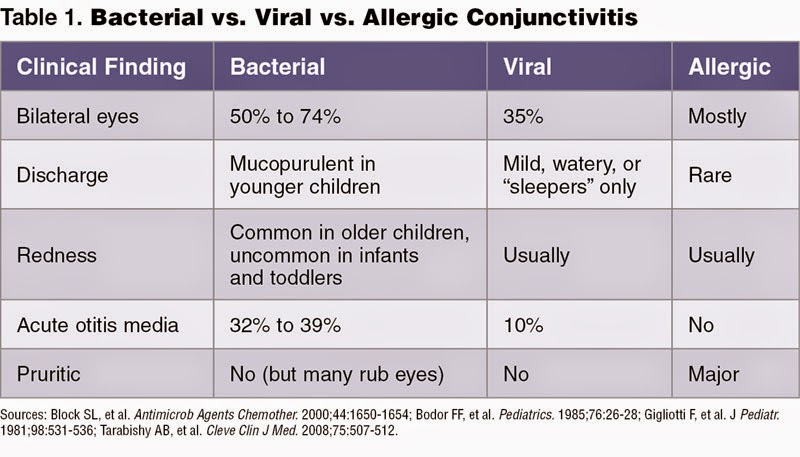 If warm compresses do not help, this may signal a more serious problem, such as an infection.
If warm compresses do not help, this may signal a more serious problem, such as an infection.
A doctor may recommend:
- antibiotics for bacterial infections
- steroids for viral infections or allergic reactions that do not go away
- surgery for a blocked tear duct that does not clear on its own
Some strategies to prevent eye discharge in a toddler include:
- making sure that they wash their hands frequently to avoid spreading possible infection
- encouraging the toddler only to touch their eyes with clean hands
- avoiding getting lotion or other skin products in their eyes
- keeping their eyes and face clean
- ensuring that they wear eye protection during any activities that might injure the eye
- keeping the toddler with an eye infection home from school
It is usually safe to wait a few days to see whether symptoms clear on their own.
However, it is important to see a doctor if the toddler is in intense pain, the eye is very swollen, the toddler has a fever, or there is an obvious physical injury to the eye.
People will also need to take a toddler to see a doctor if the symptoms do not improve with home treatment, the symptoms get worse, or any of the following appears:
- a very red or swollen eye or eyelid
- the inability to open the eye
- intense eye pain
- fever
- red streaks coming out of the eye
Immediate medical care is necessary if:
- there is a large object in the eye
- the eye is bleeding
- the toddler has symptoms of cellulitis, such as a very swollen, red eye and a fever
Eye discharge is a common problem for toddlers, who may touch their eyes with dirty hands, spreading irritants, viruses, and bacteria.
The discharge usually gets better with home treatment.
However, parents or caregivers should seek help straightaway if the toddler is experiencing serious eye pain or if symptoms do not improve on their own.
The eyes are delicate, and serious infections can threaten a person’s sight.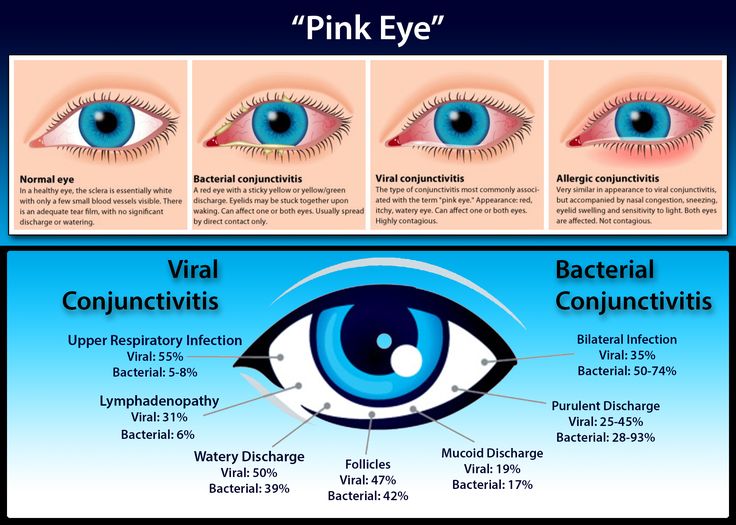
The eyes of a child fester - causes, treatment and prevention of diseases
Contents
- Causes of festering eyes in children
- Causes of suppuration of the eyes in children over one year old
- Treatment of eye suppuration in children
- Prevention of eye suppuration in infants and children over one year of age
- What can be dangerous if a child has festering eyes
Suppuration of the eyes is a common problem in newborns. The fact is that during the period of attempts, infection of the fetus can occur, infection occurs. To prevent this from happening, doctors can disinfect the eyes with special solutions in children in the first hours of life. In some cases, decontamination may not help, and the infection will still spread. nine0003
Causes of suppuration of the eyes in children
- Infectious eye diseases - conjunctivitis, in most cases bacterial, keratitis.
- Inflammation of the nasolacrimal duct.

- Foreign object in the eye.
- Inflammation of the skin layers around the eyes, which is medically called "orbital cellulitis".
- Styes can also cause pus in the eye of a child.
- Blockage of tear ducts. nine0006
- Allergic reactions.
Let's analyze each reason in more detail. Ophthalmologists say that in the vast majority of cases in infants, infection occurs against the background of dacryocystitis , a condition in which swelling occurs in the area of the lacrimal sac. Experts say that suppuration of the eyes in newborns can also occur due to inflammatory processes in the mother's reproductive system.
Conjunctivitis is characterized by inflammation of the tissues around the eyes. They look red and swollen. Bacterial conjunctivitis must be treated according to a plan drawn up by an ophthalmologist. nine0003
Sometimes mote, speck of dust, cat hair can get into the eye . As a response, lacrimation, irritation of the mucous membrane of the eye may occur. In this case, you should contact an ophthalmologist as soon as possible.
As a response, lacrimation, irritation of the mucous membrane of the eye may occur. In this case, you should contact an ophthalmologist as soon as possible.
Orbital cellulitis occurs due to infection of the deeper layers of the skin around the eyes. This is a dangerous disease that is fraught with further spread of infection to other areas. The progression of pathology is dangerous for children's vision. nine0003
Stye is a small firm swelling in the area of the eyelid. Barley is able to further develop into a chalazion, a more dangerous condition.
Allergic reactions resulting in suppuration usually occur in children older than one year. Purulent discharge from the eyes is one of the symptoms of allergies. This condition often occurs during periods of seasonal allergies, during periods of flowering plants that are considered allergens. nine0003
Causes of suppuration of the eyes in children older than one year
A common cause of suppuration of the eyes in older children can be a cold, flu due to the spread of a viral infection. In this case, it is necessary to take measures to treat the infection.
In this case, it is necessary to take measures to treat the infection.
Colds can provoke an inflammatory process in the sinuses. This is called sinusitis. This condition is accompanied by symptoms such as an increase in body temperature to a high level, a runny nose, and suppuration of the eyes. nine0003
Conjunctivitis, keratitis can also be factors that provoked suppuration of the eyes in a child. Conjunctivitis can occur against the background of the spread of viruses and bacteria.
Treatment of eye suppuration in children
Before talking about treatment, it is important to understand the symptoms that need attention. These include swelling of the eyelids, profuse purulent discharge from the eyes, decreased visual acuity, pain in the eye area, profuse lacrimation, redness of the eyes. nine0003
If these symptoms occur, see an ophthalmologist as soon as possible. Infectious diseases in children progress very quickly and treatment should be started as soon as possible.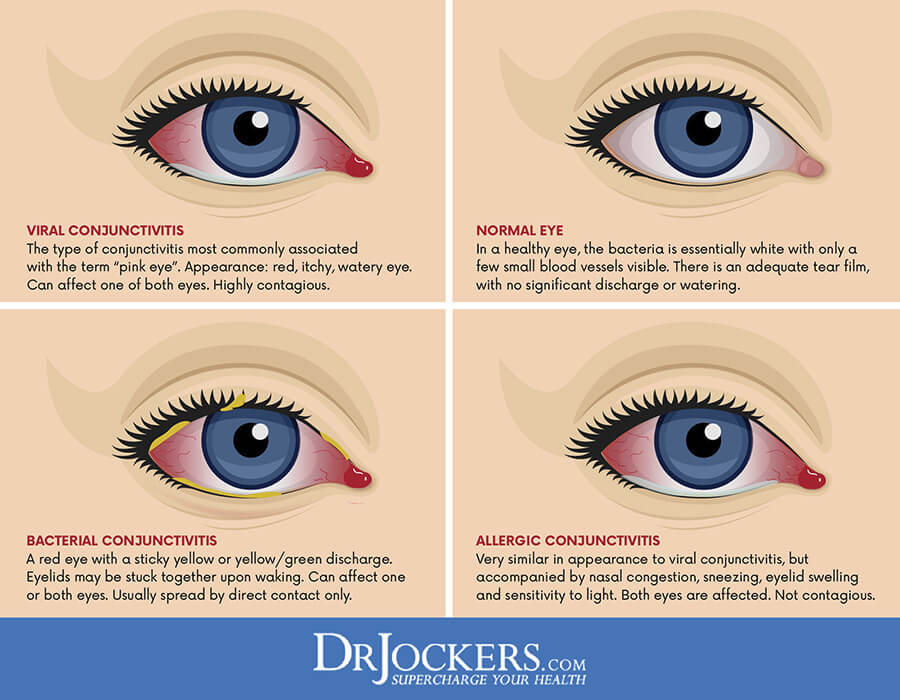 In some cases, antibiotic treatment may even be needed if staphylococcus aureus caused the suppuration of the eyes.
In some cases, antibiotic treatment may even be needed if staphylococcus aureus caused the suppuration of the eyes.
The method of treatment depends on the cause that caused suppuration of the eyes in the child. As a rule, treatment is therapeutic in nature. The ophthalmologist may prescribe special antibacterial drops or ointments, eyewashes. nine0003
In the case of dacryocystitis, the outcome of the appointment of surgical intervention is likely. The operation can be performed if the patency in the tear ducts is impaired.
Suppuration caused by allergic reactions can be cured if the cause of the allergy is removed. To suppress symptomatic manifestations, the doctor may prescribe antihistamines in combination with other drugs.
Do not self-medicate. The only correct approach to treatment is to immediately show the child to an ophthalmologist and begin treatment. nine0003
Prevention of eye suppuration in infants and children older than one year
Regularly observe the child with a pediatric ophthalmologist in order to diagnose possible deviations from the visual norm in time.
Teach your child about hygiene. Inspire the child that you can not touch the eyes with dirty hands, touch the eyelids.
Make sure your child's diet is varied and contains all the necessary vitamins and minerals.
Good nutrition will have a beneficial effect on the functioning of the immune system. A normal level of immune response is very important for fighting viruses and bacteria that enter the child's body. nine0003
Be careful with small objects to avoid getting foreign objects in the eye.
If the eyes are festering in newborns, preventive measures cannot prevent the pathological process. To prevent festering in older children, it is important to adhere to the following preventive recommendations to reduce the risk of festering:
What can be dangerous if a child has festering eyes
If festering eyes in children are not treated, the symptom may return in an even more severe condition. Infectious diseases - conjunctivitis, keratitis - can progress and can lead to complications in the child's vision.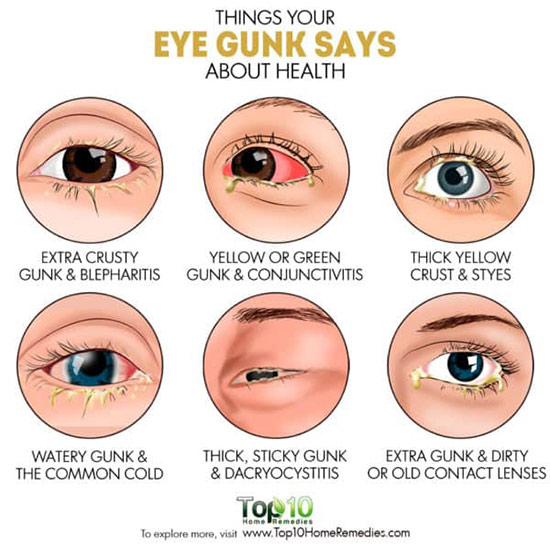 nine0003
nine0003
Suppuration of the eyes can lead to the appearance of other unpleasant symptoms for the child - itching, burning in the eyes, watery eyes. Discomfort will cause the child to have a decrease in mood, complexes, difficulties in doing homework.
Be attentive to the health of your children. It is very important to ensure the normal development of the child's visual system in order to maintain a high quality of vision in the future.
Article score: 4.6/5 (37 ratings)
Rate the article nine0003
Evaluation record...
Thank you for your evaluation
Child's eyes fester, causes, treatment, prevention.
Festering eyes in a child
Festering eyes in children means the presence of mucous discharge from the eyes of yellow or yellow-green color.
Symptoms of conjunctivitis in a child
In addition to discharge from the eyes, other symptoms appear, which include:
- dried purulent crusts on the eyelids and eyelashes
- Eye redness
- Lessitarization
- Eye age
Causes of purulent discharge from the eyes in children
eyes of eyes, which can cause purulent discharge from the eyes in newborns and inflorescences:
DACRIOSYSTITs
Many children are born poorly developed tear ducts. This means that the tear cannot flow properly into the nasal cavity. Because of this, a secret from the eyes accumulates in the lacrimal sac and inflammation begins. At the same time, the baby has watery and festering, as a rule, only one eye. nine0003
This means that the tear cannot flow properly into the nasal cavity. Because of this, a secret from the eyes accumulates in the lacrimal sac and inflammation begins. At the same time, the baby has watery and festering, as a rule, only one eye. nine0003
Treatment in the first 3 months of the child is carried out with medication. Anti-inflammatory drops are instilled and lacrimal sac massage is applied. In most cases, dacryocystitis resolves. Sometimes probing of the lacrimal ducts is necessary.
Neonatal conjunctivitis
Inflammation of the mucous membrane of the eye within 28 days after birth is called neonatal conjunctivitis.
Bacteria that cause inflammation: Staphylococcus aureus, chlamydia, streptococcus, etc.
Gonococcal infection of newborns
With gonococcal infection in newborns, very abundant purulent discharge, with pronounced swelling of the eyelids. Possible damage to the cornea and the development of corneal ulcers.
Eye injury during childbirth
In case of pathological childbirth, damage to the eyes and infection of the eye is possible.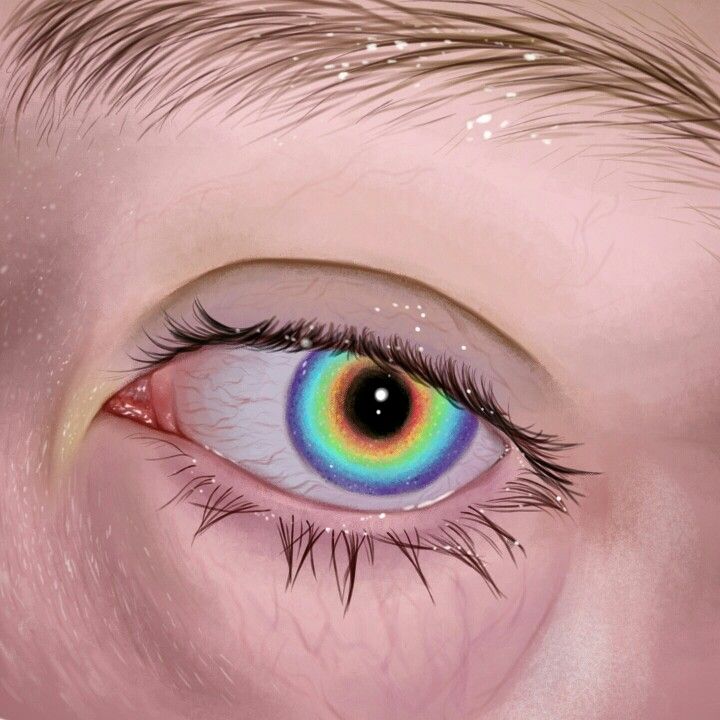
Inadequate eye prophylaxis immediately after birth
Newborns are given special antiseptic drops for prophylaxis immediately after birth. In the case when drops are not used, the risk of developing neonatal conjunctivitis is increased. nine0003
Inflammation of the maternal genital tract
Inflammation of the maternal genital tract leads to infection of the child and signs of inflammation of the eyes.
Causes of purulent discharge from the eyes in pregnant women and children older than one year
SARS and influenza
The pus that may be present in your child's eyes may be due to a viral infection. Knowing the causative factors, as well as how to deal with them, can prevent the development of purulent discharge from the eyes in an infant. nine0003
Sinusitis
If your baby has a cold, they may develop sinusitis (inflammation of the sinuses). Important symptoms: fever, pain in the forehead and eyes, lacrimation and suppuration of the eyes.
Allergies
If your baby has a runny nose and you notice redness and small mucous yellow discharge, it may be an allergy.
Conjunctivitis
The eyes of a child and pregnant women often fester due to infectious inflammation. Inflammation can be caused by both bacteria and viruses. The symptoms of conjunctivitis begin in one eye and then spread to the other eye. nine0003
Festering eye during pregnancy
In a pregnant woman, due to hormonal changes, the conjunctiva becomes loose and there is more mucous discharge from the eyes. This can cause some discomfort when wearing contact lenses.
If you are pregnant and use contact lenses, look out for discharge from the eyes. If a yellow discharge occurs, remove the lenses and consult a doctor.
The child's eye fester treatment
Situations that require immediate attention and medical attention include the following symptoms:
- severe swelling of the eyelids and very profuse purulent discharge
- fever
- the child complains of decreased vision and pain in the eyes
- the child rubs the eye
- redness eyes and lacrimation
It is important to know that the spread of infection in children is very fast and rapid.
